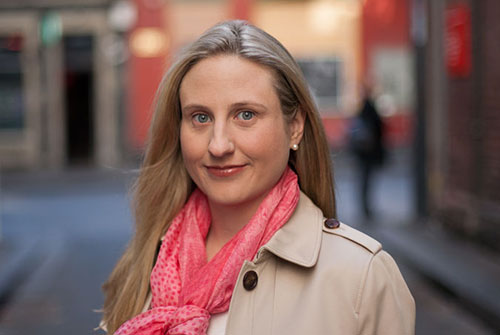Why the RBA will leave rates on hold – for now

The official interest rate is expected to remain on hold for the eighth month in a row when the Reserve Bank of Australia holds its April board meeting today.
Economists are unanimous in their expectation that the central bank will keep the cash rate at an historic low of 2.5 per cent, where it has been since August, following recent comments from RBA Governor Glenn Stevens signalling that he’s not likely to curt rates further.
“On present indications, the most prudent course is likely to be a period of stability in interest rates,” he said after both the February and March board meetings.
There are, however, growing expectations that the RBA will raise interest rates late this year or early next, amid early indications that the Australian economy is gathering momentum.
Governor Stevens himself fuelled speculation that the interest rate cutting cycle is over when he noted that there were “promising signs” coming from the nation’s non-mining sectors during a speech delivered in Hong Kong last week.
“There is encouraging early evidence that the so-called handover from mining-led demand growth to broader private demand growth is beginning,” he said.
A survey of 13 economists conducted by newswire AAP showed that four of the respondents expected the RBA’s first rate hike to occur in late 2014, while nine were predicting one or more increases in the first half of 2015.
Only two of the economists surveyed expected another cut in the cash rate.
Annette Beacher, head of Asia-Pacific Research at Canada-based capital markets firm TD Securities, predicted that the RBA was increasingly seeing the “glass as half full” thanks to the turnaround in leading economic indicators such as job vacancies and building approvals.
“Inflation pressures are clearly building up, neither due to ‘noise’ nor proof that Australia’s speed limit on growth is below three per cent,” she said.
“We see the August monetary policy testimony as the perfect timing to announce that emergency cash rates are no longer required, paving the way for at least one small adjustment by year-end.”
Economists’ median forecast for the cash rate at the end of 2015 is 3.25 per cent.
Jim Vrondas, chief currency strategist at Sydney-based foreign exchange company OzForex, forecast that the RBA would seek to normalise interest rates at around 3.5 per cent over the next year, pushing the Australian dollar higher.
“Once the market starts getting a sense that this is possible, the Aussie dollar will rally quite hard,” he said.
“I’m not convinced we’ll reach parity [with the US dollar], but I think we’ll take 95 cents out.
“Longer term, the Aussie dollar still has room to go down.”
The Australian dollar traded as high as US92.95¢ on Friday, but lost ground to trade at around US92.45¢ on Monday.
Damian Collins, managing director at Perth-based property investment firm Momentum Wealth, said that the housing market was likely to cool in response to any future interest rate increases, particularly in relation to entry-level properties.
“What we see when interest rates start to rise is that people who are thinking about getting into the market try to lock in a loan while they still can,” he said.
“But after a while it starts to have an impact, especially among first home buyers, the segment of the market that is most sensitive to interest rate increases.”
The RBA will announce its interest rate decision at 14:30 AEDT this afternoon (Tuesday).








